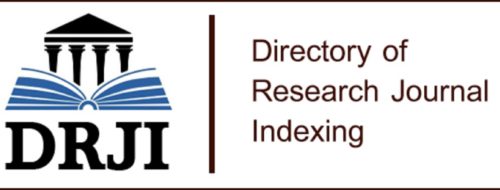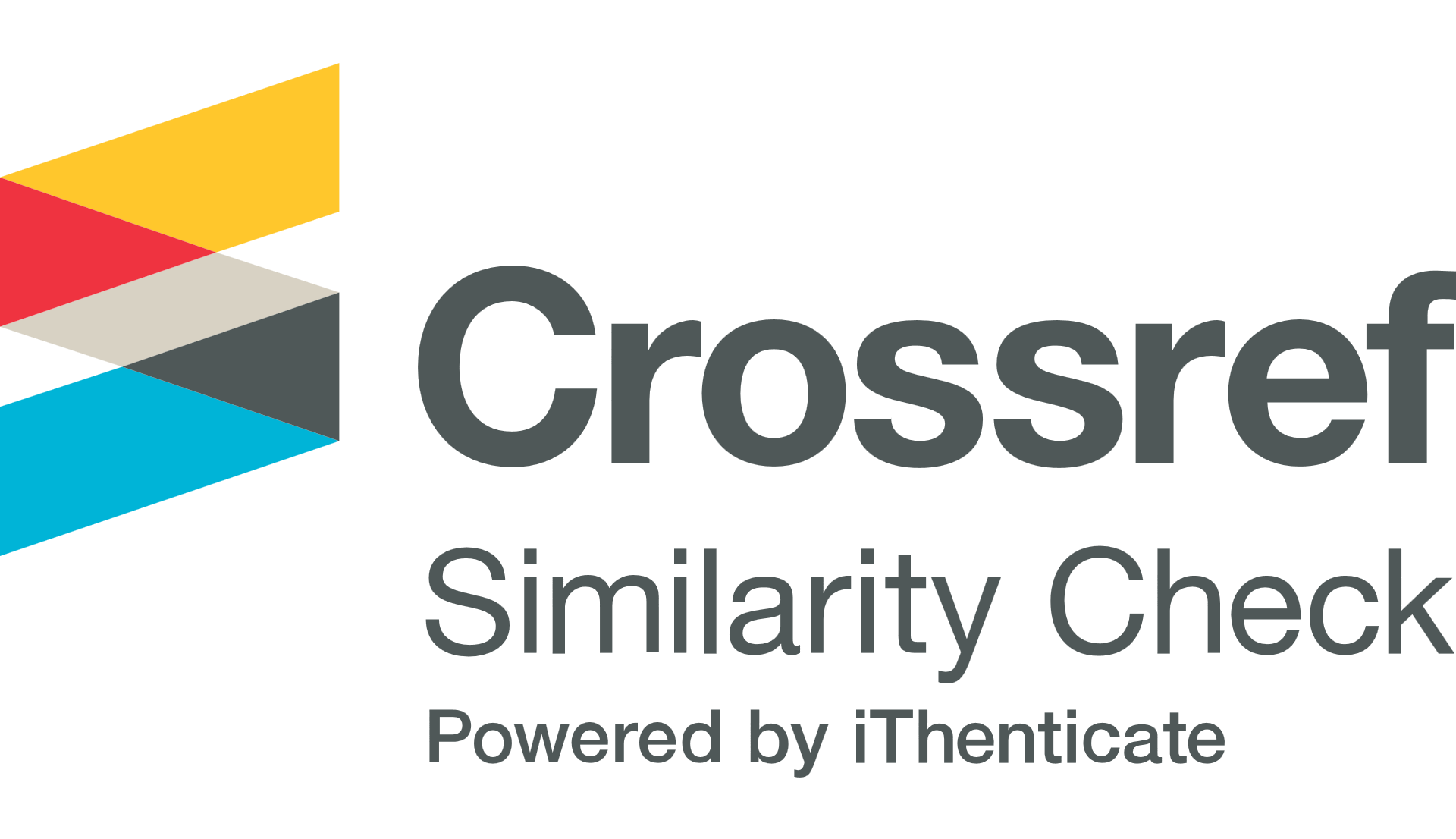Análisis del Índice de Regularidad Internacional para la Seguridad Vial en el Paso Lateral El Carmen – Manabí
Palabras clave:
Regularidad superficial, Seguridad vial, Rugosímetro de Merlín, Índice de Serviciabilidad Presente, Mantenimiento de pavimentoResumen
El estudio realizado en el paso lateral del Cantón El Carmen, Manabí, ha evaluado la regularidad superficial del pavimento mediante metodologías cuantitativas y experimentales, para determinar su impacto en la seguridad vial y la serviciabilidad. Se empleó el Rugosímetro de Merlín para determinar la regularidad superficial del pavimento flexible en ambos sentidos de la vía, desde la abscisa 0+000 hasta la 12+800. La metodología combinó el método experimental, para verificar la condición visual del pavimento, con métodos cuantitativos y descriptivos que utilizaron técnicas observacionales para una evaluación detallada de la regularidad y serviciabilidad. los resultados indicaron que los valores del índice de regularidad internacional (IRI) varían entre 1.75 m/km y 3.54 m/km, mostrando desde una calidad de pavimento nuevo hasta moderadamente irregular. Asimismo, los valores del índice de serviciabilidad presente (PSI), derivados del IRI, oscilaron entre 2.45 y 3.48, lo que indica una transitabilidad de regular a buena. La investigación concluyó que es crucial implementar un plan de mantenimiento periódico basado en los hallazgos para prolongar la vida útil del pavimento y mejorar la seguridad vial. Este plan no solo mejorará la transitabilidad sino también la sostenibilidad y eficiencia de la infraestructura vial del cantón El Carmen y zonas adyacentes, proporcionando una base sólida para futuras mejoras e intervenciones en la infraestructura vial.
Palabras clave: Regularidad superficial, Seguridad vial, Rugosímetro de Merlín, Índice de Serviciabilidad Presente, Mantenimiento de pavimento.
Abstract
The study conducted on the side pass of Canton El Carmen, Manabí, has evaluated the surface regularity of the pavement using quantitative and experimental methodologies to determine its impact on road safety and serviceability. The Merlin Rugosimeter was used to determine the surface regularity of the flexible pavement in both directions of the road, from the abscissa 0+000 to 12+800. The methodology combined the experimental method, to verify the visual condition of the pavement, with quantitative and descriptive methods that used observational techniques for a detailed assessment of regularity and serviceability. The results indicated that the values of the International Roughness Index (IRI) range from 1.75 m/km to 3.54 m/km, showing from a new pavement quality to moderately irregular. Likewise, the values of the Present Serviceability Index (PSI), derived from the IRI, ranged between 2.45 and 3.48, indicating a regular to good drivability. The research concluded that it is crucial to implement a periodic maintenance plan based on the findings to extend the pavement's life and improve road safety. This plan will not only improve drivability but also the sustainability and efficiency of the road infrastructure of Canton El Carmen and surrounding areas, providing a solid foundation for future improvements and interventions in road infrastructure.
Keywords: Surface Regularity, Road Safety, Merlin Rugosimeter, Present Serviceability Index, Pavement Maintenance.
Información del manuscrito:
Fecha de recepción: 16 de enero de 2024.
Fecha de aceptación: 08 de marzo de 2024.
Fecha de publicación: 29 de abril de 2024.
Citas
Akaateba, M. (2012). COMPARING ROAD SAFETY PERFORMANCE OF SELECTED EU AND AFRICAN COUNTRIES USING A COMPOSITE ROAD SAFETY PERFORMANCE INDEX. Journal of Natural Sciences Research, 2, 31–45. https://consensus.app/papers/comparing-road-safety-performance-selected-african-akaateba/759d81821d0a59dca0a26e89fc3e974d/
Akaatebaa, M. A. (2012). COMPARING ROAD SAFETY PERFORMANCE OF SELECTED EU AND AFRICAN COUNTRIES USING A COMPOSITE ROAD SAFETY PERFORMANCE INDEX. Journal of Natural Sciences Research, 2(8), 2224–3186. https://core.ac.uk/download/pdf/234653893.pdf
Babaee, S., Toloo, M., Hermans, E., & Shen, Y. (2021). A new approach for index construction: The case of the road user behavior index. Computers & Industrial Engineering, 152, 106993. https://doi.org/10.1016/j.cie.2020.106993
Kropác, O., & Múčka, P. (2005). Be careful when using the International Roughness Index as an indicator of road unevenness. Journal of Sound and Vibration, 287, 989–1003. https://doi.org/10.1016/J.JSV.2005.02.015
Múčka, P. (2017). International Roughness Index specifications around the world. Road Materials and Pavement Design, 18, 929–965. https://doi.org/10.1080/14680629.2016.1197144
Nguyen, X., Nguyen, T., & Tran, P. H. (2020). The Effect of Road Surface Roughness to Recommended Speed of Vehicles. IOP Conference Series: Materials Science and Engineering, 886. https://doi.org/10.1088/1757-899X/886/1/012014
Oviedo-Trespalacios, O., & Haworth, N. (2015). Developing a new index for comparing road safety maturity: case study of the ASEAN community. The Journal of the Australasian College of Road Safety, 26, 45–53. https://consensus.app/papers/developing-index-comparing-road-safety-maturity-case-oviedotrespalacios/dca750a6e3f75dd68973012c13c541a8/
Rifai, M., Setyawan, A., Handayani, F. S., & Arun, A. D. (2023). Evaluation of functional and structural conditions on flexible pavements using pavement condition index (PCI) and international roughness index (IRI) methods. E3S Web of Conferences. https://doi.org/10.1051/e3sconf/202342905011
Rodríguez Moreno, M. A., Marín-Uribe, C. R., & Restrepo Tamayo, L. M. (2022). PROBABILISTIC MODEL FOR PREDICTION OF INTERNATIONAL ROUGHNESS INDEX BASED ON MONTE CARLO. Revista Ingeniería de Construcción, 37(2). https://doi.org/10.7764/RIC.00021.21
Shen, Y., Hermans, E., Bao, Q., Brijs, T., & Wets, G. (2013). Road safety development in Europe: a decade of changes (2001-2010). Accident; Analysis and Prevention, 60, 85–94. https://doi.org/10.1016/j.aap.2013.08.013
Shen, Y., Hermans, E., Bao, Q., Brijs, T., & Wets, G. (2020). Towards better road safety management: Lessons learned from inter-national benchmarking. Accident; Analysis and Prevention, 138, 105484. https://doi.org/10.1016/j.aap.2020.105484
Tešić, M., Hermans, E., Lipovac, K., & Pešić, D. (2018). Identifying the most significant indicators of the total road safety performance index. Accident; Analysis and Prevention, 113, 263–278. https://doi.org/10.1016/j.aap.2018.02.003
Publicado
Cómo citar
Número
Sección
Licencia
Derechos de autor 2024 Revista Científica INGENIAR: Ingeniería, Tecnología e Investigación. ISSN: 2737-6249.

Esta obra está bajo una licencia internacional Creative Commons Atribución-NoComercial-CompartirIgual 4.0.

















